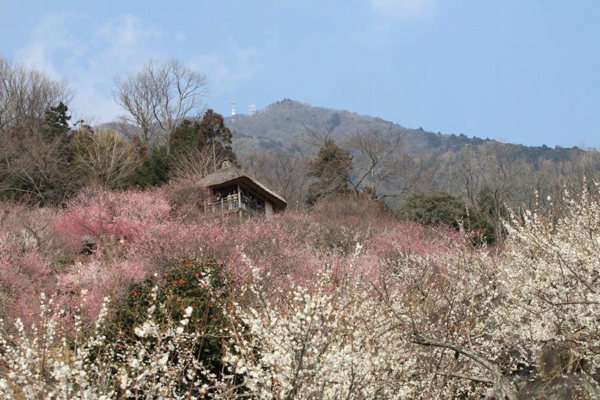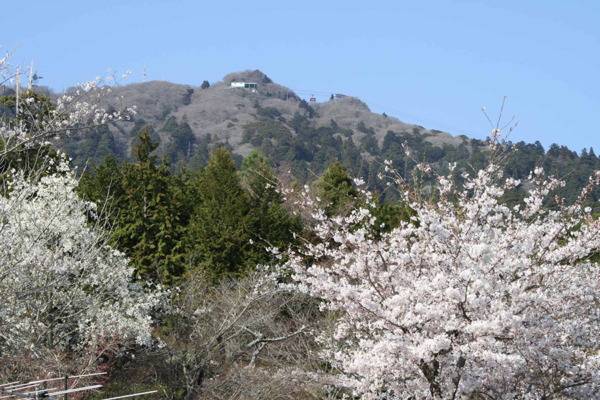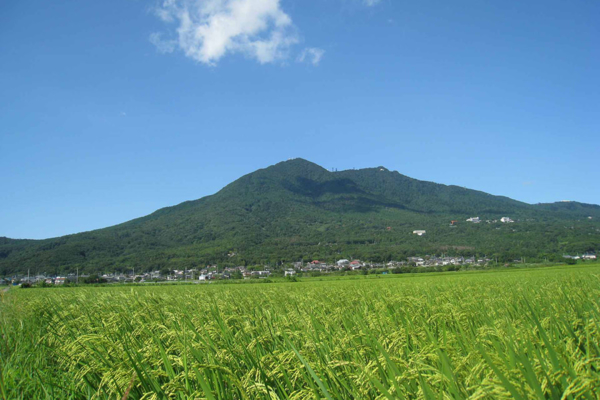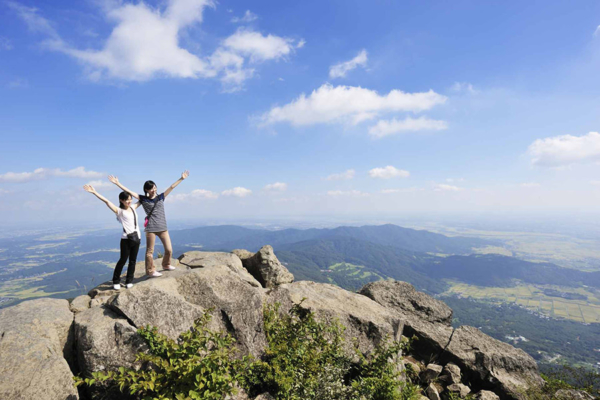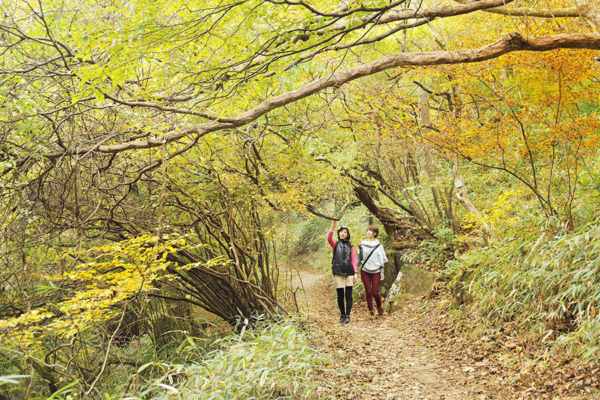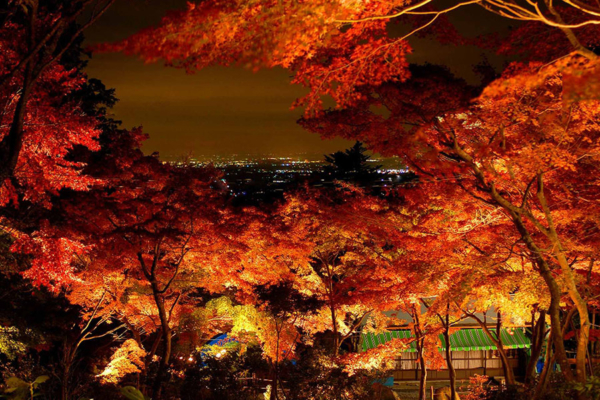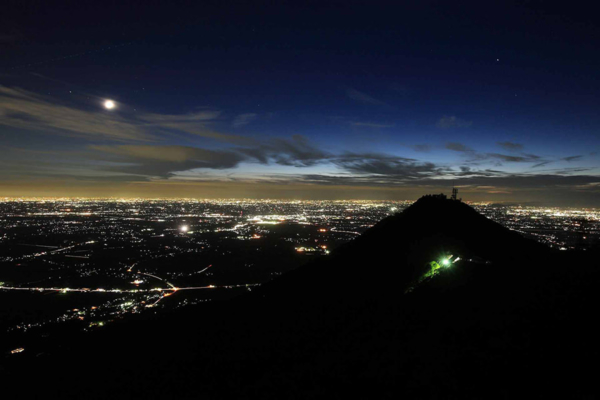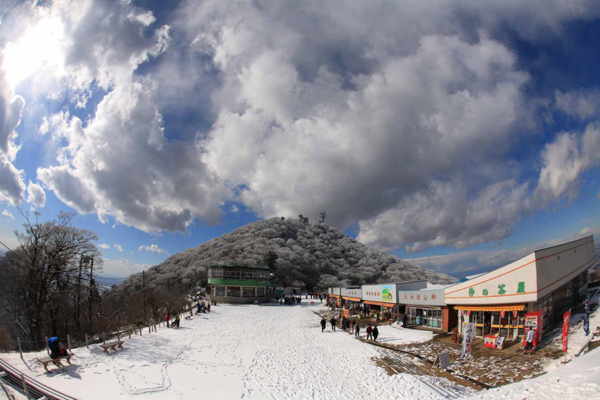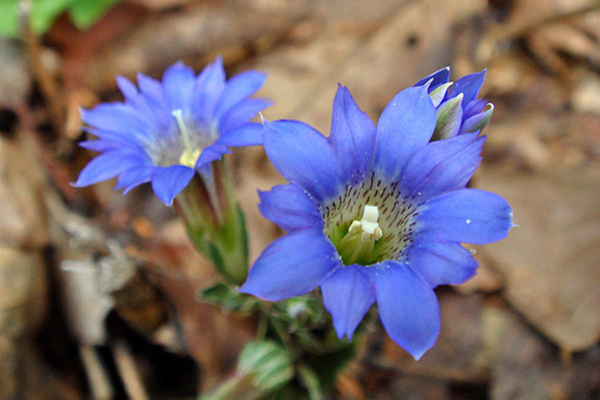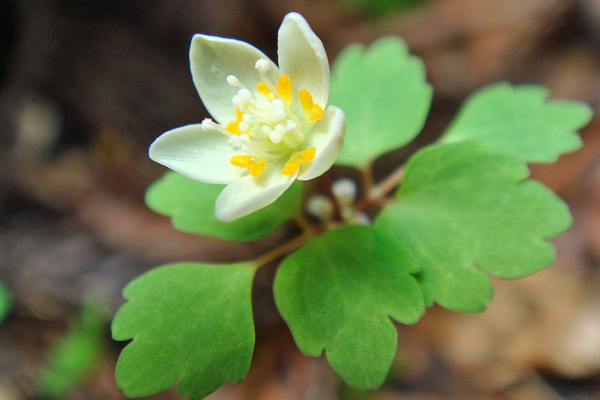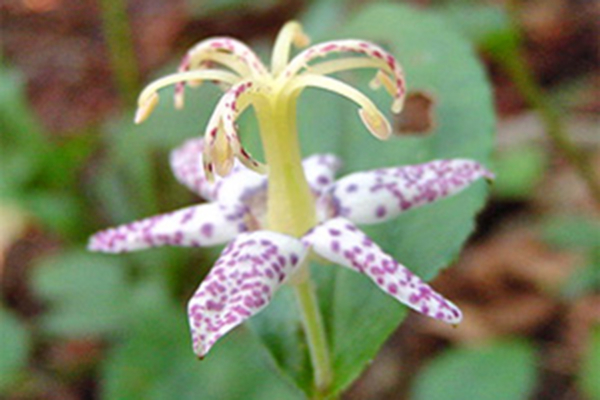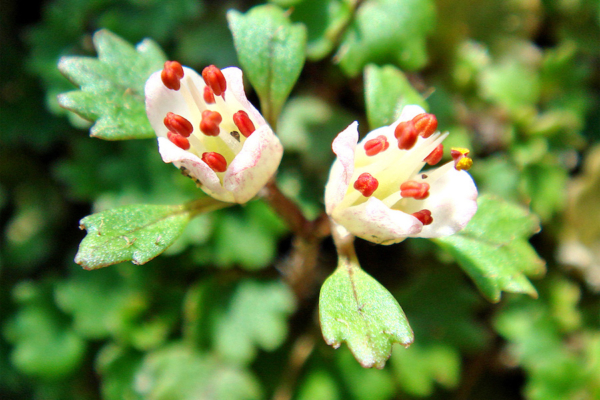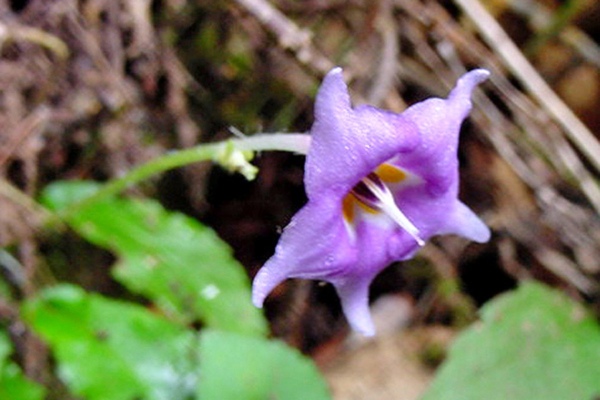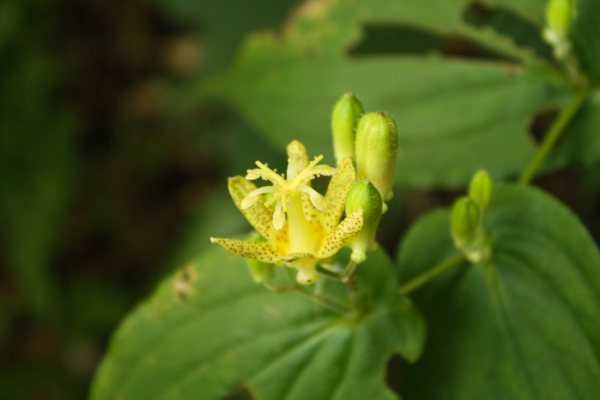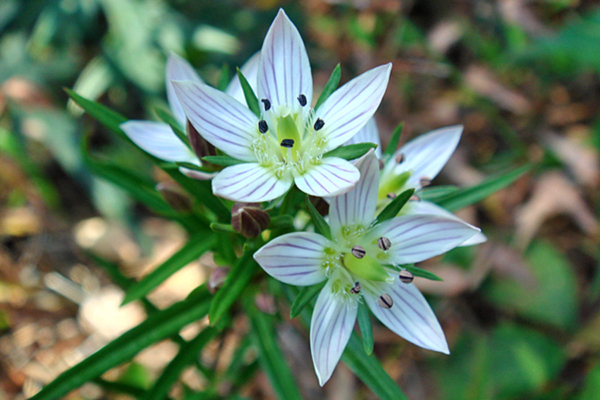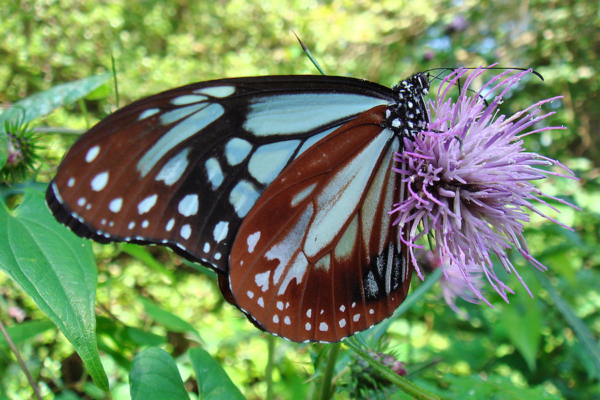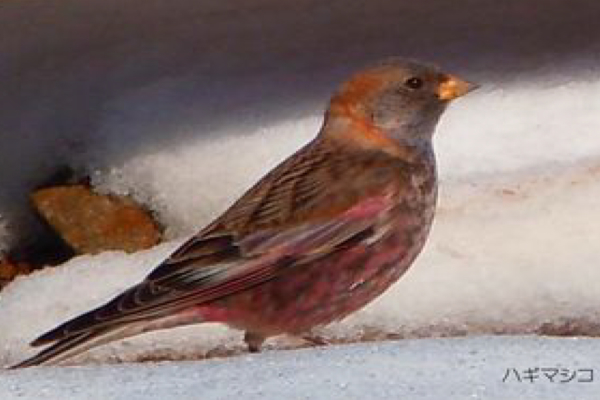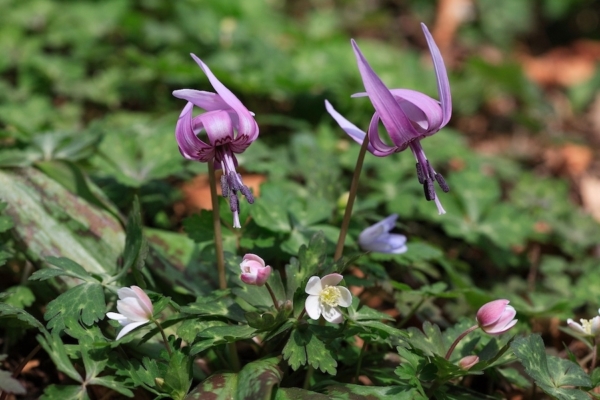
From old times, it has been said “Mt. Tsukuba in the east and Mt. Fuji in the west.”Also,because the color of the mountain’s surface chenges to purple when basking in the morning and evening sunshine, it is said that Mt. Tsukuba is a Reiho(a sacred peak) of the Kanto region, and is called “Shiho”, means which means “Purple Peak”.
Mt. Tsukuba has two peaks: the east peak is Mt. Nyotai(Nyotai-san) at 877 meters, and the west is Mt. Nantai(Nantai-san) at 871 meters above sea level. Mt. Tsukuba is one of the best 100 mountains in Japan, and is known as the lowest of the 100 mountains.(Only Mt. Tsukuba and Kaimondake of Kagoshima Prefecture are less than 1,000 meters.)
One of the most famous shrines in the Kanto region, with a 3,000 year history, “Mount Tsukuba-jinja”(Mt. Tsukuba shrine) is located on the mountainside. There are also main shrines on each of the peaks of Mt. Nantai and Nyotai. Because Mt. Tsukuba has two peaks,Nantai(which means male) and Nyotai (which means female), it is believed that this mountain gives the blessing of marital harmony and matchmaking. Moreover, “Power Spots” (a Japanese coined word which means sacred places with good luck for money, health and advancement in life) are interspersed at various places on the mountain.
The view from the mountaintop is so wonderful, and you can enjoy viewing the second biggest lake in japan, “Kasumigaura” or the sea of kashima to the east, and the skyscrapers of Tokyo, Sky Tree, Boso Peninsula, and mountain ranges: Izu-Hakone, Mt. Fuji and Mt. Asama to the south then Nikko and Nasu to the north.
There are many visitors or climbers all through the year, and this mountain is well known as being unique in that we can use both a cable car and a ropeway. Also, though this is not widely known, Mt. Tsukuba is the best spot for the sunrise viewed from the top of mountain, and where we can enjoy the first sunrise of the year at the earliest time on the Kanto Plain.(That of Inubosaki in Choshi city, Chiba Prefecture is the earliest on the flatland on the Kanto Plain.)
Mt.Tsukuba is designed as semi-national park.
Therefore, damage to plants, planting, picking plants, catching animals, and making fires, etc. are prohibited.

